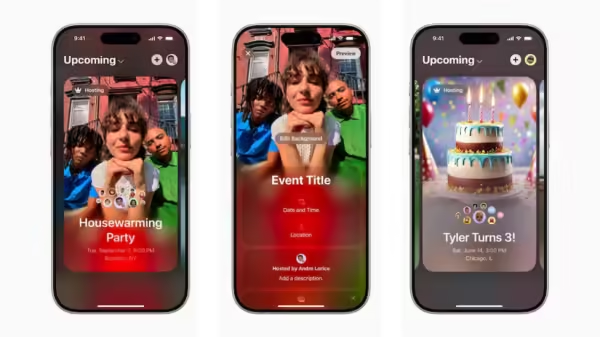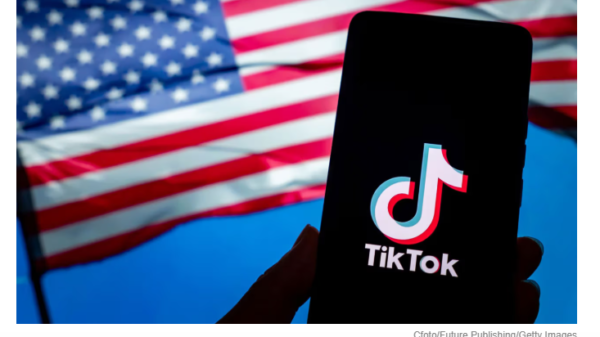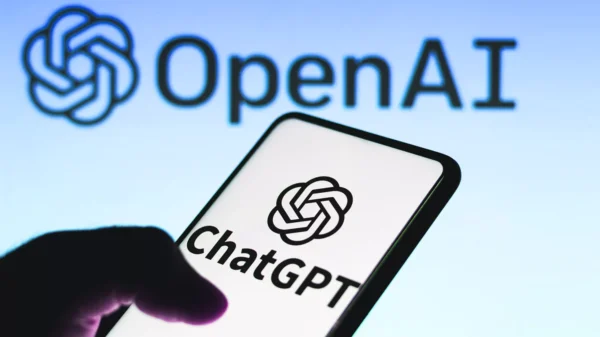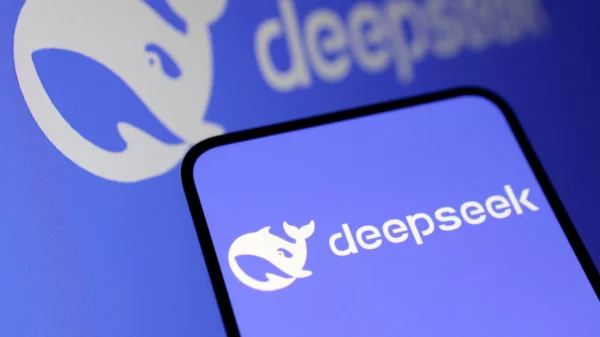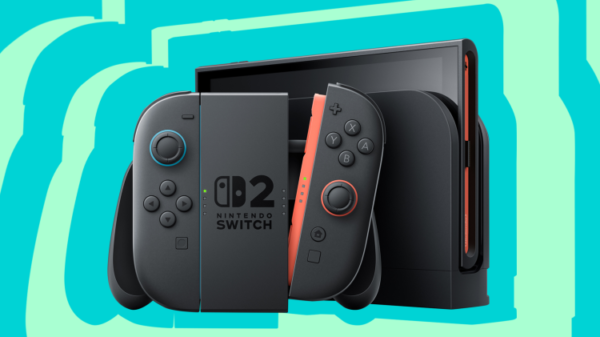Following a major controversy in which Samsung was forced to recall millions of smartphones due to a potentially dangerous manufacturing defect, and after numerous leaks that hinted at unique elements of a new flagship smartphone, the Galaxy S8 smartphone was officially unveiled on March 29, 2017.
In accordance with many of the leaks of the Galaxy S8, and even with Samsung’s own promotional material teasing the unveiling, the most striking feature of the new smartphone is its so-called “Infinity Display,” which curves around the sides of the device to eliminate the presence of bezels, and extends to nearly the top and the bottom of the device. Samsung features this element of the phone extremely prominently in the marketing materials they have released so far, and their advertisements claim that the display and tiny bezels contribute to a uniquely cinematic and immersive viewing experience, which separates the phone from most other phones currently on the market. The phone’s display is advertised as being “HDR,” which stands for High Dynamic Range, meaning that the phone is capable of displaying brighter and more vivid colors than other phones.
According to Samsung, the nearly-edgeless display of the Galaxy S8 allows users of the device to integrate it more closely into their lives, without being distracted by bezels and frames; accordingly, Samsung markets the phone with the tagline “unbox your phone,” a clever allusion to the popular genre of YouTube videos in which people film the experience of opening the packaging of their devices, the metaphor of “thinking outside the box,” and the fact that the phone’s large display, relative to its frame, gives it a less boxy appearance.
Additionally, and as rumored, the Galaxy S8 introduces Samsung’s proprietary AI system, called Bixby. Like Google’s Assistant, Apple’s Siri, and Microsoft’s Cortana, Bixby is designed to respond to users’ natural-language inputs intelligently, by offering relevant responses to spoken questions, accepting and executing commands, and learning about the user’s personal preferences and interests. Although Bixby is a prominently-advertised feature of the Galaxy S8, the English-speaking version of the assistant will not be available to users until later this year.
Among the other features of the Galaxy S8 that Samsung advertises as distinguishing it from its competition are the inclusion of wireless charging, a fingerprint scanner, a facial-recognition system and even iris-scanning software. Also, Samsung advertises a system called “Dex,” in which owners of a Galaxy S8 smartphone and a Dex station can connect their phones to a larger display, and a keyboard and mouse, in order to have a “PC-like experience.”
Among the other improvements Samsung advertises are a front-facing camera that automatically focuses on user’s faces and a rear-facing camera with better low-light performance, although the hardware of the rear-facing camera is identical to the Galaxy S7. Like previous Samsung phones, the Galaxy S8 boasts water resistence, and works with Samsung’s proprietary virtual reality hardware. In conjunction with the official announcement of the Galaxy S8, Samsung has also announced a controller to be used in conjunction with their virtual reality headsets to allow users to interact with virtual reality hardware more easily. The Galaxy S8 also works with Samsung’s Gear 360-degree camera, allowing users to wirelessly broadcast 360 degree videos over the internet in real time.
Like many other manufacturers, Samsung is releasing two versions of their flagship device, the S8 and the S8+; the former of which has a 5.8″ display, and the latter of which has a 6.2″ display. Although both phones feature the same resolution display, the smaller of the two phones has a 3,000 mAH battery, whereas the S+ has a 3,500 mAH battery.
After the PR and financial disaster that followed the massive recall of the Galaxy Note 7, Samsung had to do something bold and unprecedented to maintain their position as one of the top smartphone manufacturers in the world. As indicated by its unique set of features and aggressive marketing campaign, the S8 is Samsung’s attempt to do just that. Time will tell, however, whether Samsung will find success with their newest flagship among an audience who have become skeptical of their products.
Featured image via Wikimedia



